Summary | Excerpt | Reviews | Beyond the book | Read-Alikes | Genres & Themes | Author Bio
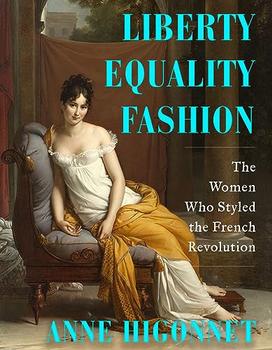
The Women Who Styled the French Revolution
by Anne HigonnetThree women led a fashion revolution and turned themselves into international style celebrities.
Joséphine Bonaparte, future Empress of France; Térézia Tallien, the most beautiful woman in Europe; and Juliette Récamier, muse of intellectuals, had nothing left to lose. After surviving incarceration and forced incestuous marriage during the worst violence of the French Revolution of 1789, they dared sartorial revolt. Together, Joséphine and Térézia shed the underwear cages and massive, rigid garments that women had been obliged to wear for centuries. They slipped into light, mobile dresses, cropped their hair short, wrapped themselves in shawls, and championed the handbag. Juliette made the new style stand for individual liberty.
The erotic audacity of these fashion revolutionaries conquered Europe, starting with Napoleon. Everywhere a fashion magazine could reach, women imitated the news coming from Paris. It was the fastest and most total change in clothing history. Two centuries ahead of its time, it was rolled back after only a decade by misogynist rumors of obscene extravagance.
New evidence allows the real fashion revolution to be told. This is a story for our time: of a revolution that demanded universal human rights, of self-creation, of women empowering each other, and of transcendent glamor
Chapter 1
SUMPTUARY DICTATES
(Joséphine)
Three girls went shopping in Paris during the last decade of a monarchy. The right clothes, their families hoped, would help them marry well, so they were led to the intimidating center of European style by their mothers or aunts. Little did the girls know that when a revolution changed everything in 1789, they would become the leaders of the fashion world to which they were being introduced.
Paris boutiques beckoned. Inside a carriage rattling over cobblestone streets sat a sixteen-year-old girl who would one day marry Napoléon Bonaparte and become Empress Joséphine of France. In 1779, she was called Rose, and was being taken by her aunt, Madame Désirée de Renaudin, for a complete Paris makeover. The style in which she had been raised was utterly incorrect.
Rose had come to mainland France from the island colony of Martinique. She was accompanied by a mixed-race servant named Euphémie, who probably still wore clothing ...
With the title Liberty, Equality, Fashion, it may seem like Anne Higonnet's new book is an unserious work—maybe a picture book of dresses from revolutionary France, recalling the refrain of "liberty, equality, fraternity" that dominated in 1789. But this would be an incorrect assumption. An exhaustive history of the French Revolution this is not, but the book masterfully explores the confluence of social, political and economic factors that allowed for a sea change in something as basic as what women wore each day. Equally important are the author's insights on how clothing mirrored the expansion of opportunities for women and the reactionary reversals following a brief moment of progress...continued
Full Review
 (854 words)
(854 words)
(Reviewed by Rose Rankin).
 Antonia Fraser, author of Marie Antoinette: The Journey
I read Liberty Equality Fashion with enormous pleasure. It's such an original way of looking at history and the female sex in particular. I couldn't resist galloping through it.
Antonia Fraser, author of Marie Antoinette: The Journey
I read Liberty Equality Fashion with enormous pleasure. It's such an original way of looking at history and the female sex in particular. I couldn't resist galloping through it. Rhonda K. Garelick, author of Mademoiselle: Coco Chanel and the Pulse of History
A deeply scholarly, impeccably researched book that's also a genuine page-turner. Liberty, Equality, Fashion reveals how inextricably global politics is woven into―even forged by―fashion and women's personal, domestic lives. Using three influential women as a prism through which to examine one of the most critical and volatile eras in French history, Anne Higonnet combines the fine-grained observational skills of the biographer with the assured vision and far-ranging perspective of the historian. This is important and groundbreaking scholarship―exciting, new, and profoundly feminist.
Rhonda K. Garelick, author of Mademoiselle: Coco Chanel and the Pulse of History
A deeply scholarly, impeccably researched book that's also a genuine page-turner. Liberty, Equality, Fashion reveals how inextricably global politics is woven into―even forged by―fashion and women's personal, domestic lives. Using three influential women as a prism through which to examine one of the most critical and volatile eras in French history, Anne Higonnet combines the fine-grained observational skills of the biographer with the assured vision and far-ranging perspective of the historian. This is important and groundbreaking scholarship―exciting, new, and profoundly feminist. Valerie Steele, editor of Pink: The History of a Punk, Pretty, and Powerful Color
A page-turner that reads like a novel but is based on serious research. Someone should make this book into a movie.
Valerie Steele, editor of Pink: The History of a Punk, Pretty, and Powerful Color
A page-turner that reads like a novel but is based on serious research. Someone should make this book into a movie.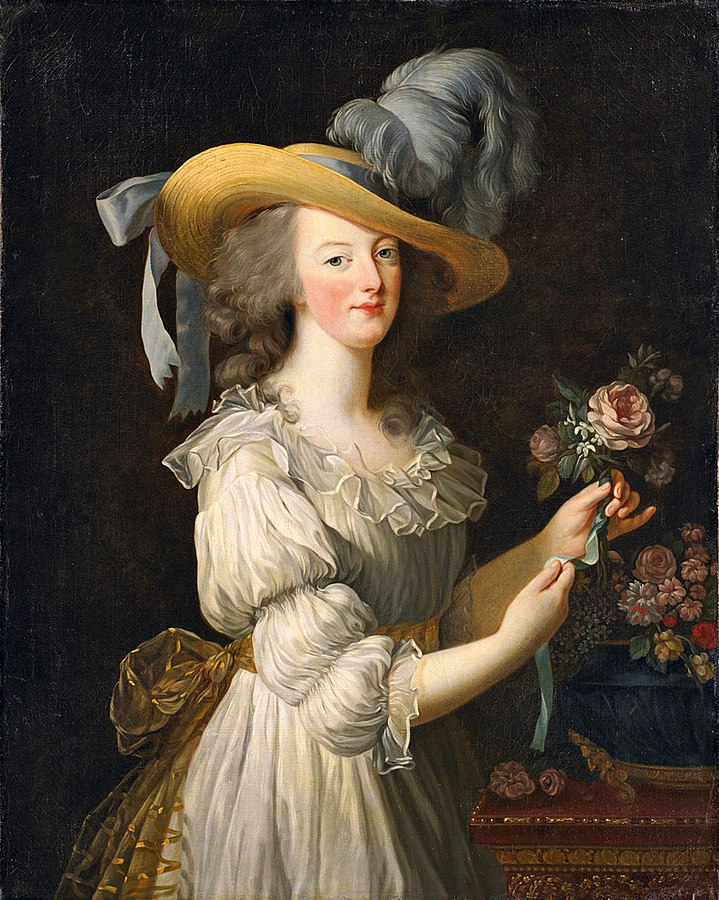 In 1783, Marie Antoinette made a terrible faux pas—she dressed like a commoner. Painted by her favorite portraitist, Élisabeth Louise Vigée Le Brun, the queen was depicted in a loose cotton dress, comfortably tied at the waist with no corset. Although one may think this would have endeared her to the citizenry, it only served to scandalize the society that had come to see her as the pinnacle of luxury fashion. As Nancy Goldstone describes in In the Shadow of the Empress, "Nothing sells like high-end celebrity, and the more flagrantly grandiose Marie Antoinette's style, the more she became an object of public fascination."
In 1783, Marie Antoinette made a terrible faux pas—she dressed like a commoner. Painted by her favorite portraitist, Élisabeth Louise Vigée Le Brun, the queen was depicted in a loose cotton dress, comfortably tied at the waist with no corset. Although one may think this would have endeared her to the citizenry, it only served to scandalize the society that had come to see her as the pinnacle of luxury fashion. As Nancy Goldstone describes in In the Shadow of the Empress, "Nothing sells like high-end celebrity, and the more flagrantly grandiose Marie Antoinette's style, the more she became an object of public fascination."
Early in her reign, Marie Antoinette became famous for her extravagant dresses and elaborate hairdos...

If you liked Liberty Equality Fashion, try these:
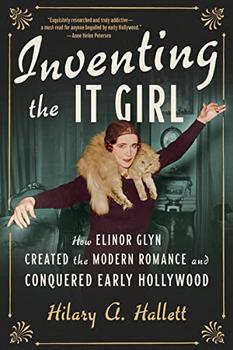
by Hilary A. Hallett
Published 2024
The modern romance novel is elevated to a subject of serious study in this addictively readable biography of pioneering celebrity author Elinor Glyn.
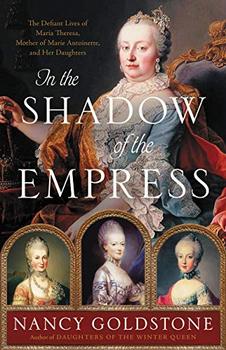
by Nancy Goldstone
Published 2022
The vibrant, sprawling saga of Empress Maria Theresa - one of the most renowned women rulers in history - and three of her extraordinary daughters, including Marie Antoinette, the doomed queen of France.

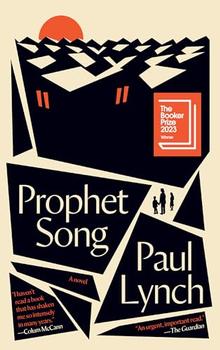


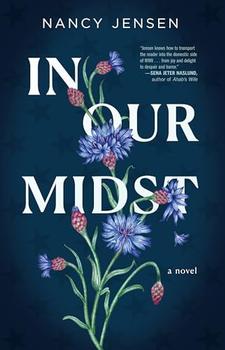
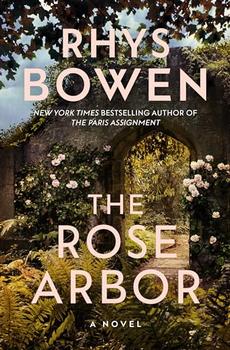
The longest journey of any person is the journey inward
Click Here to find out who said this, as well as discovering other famous literary quotes!